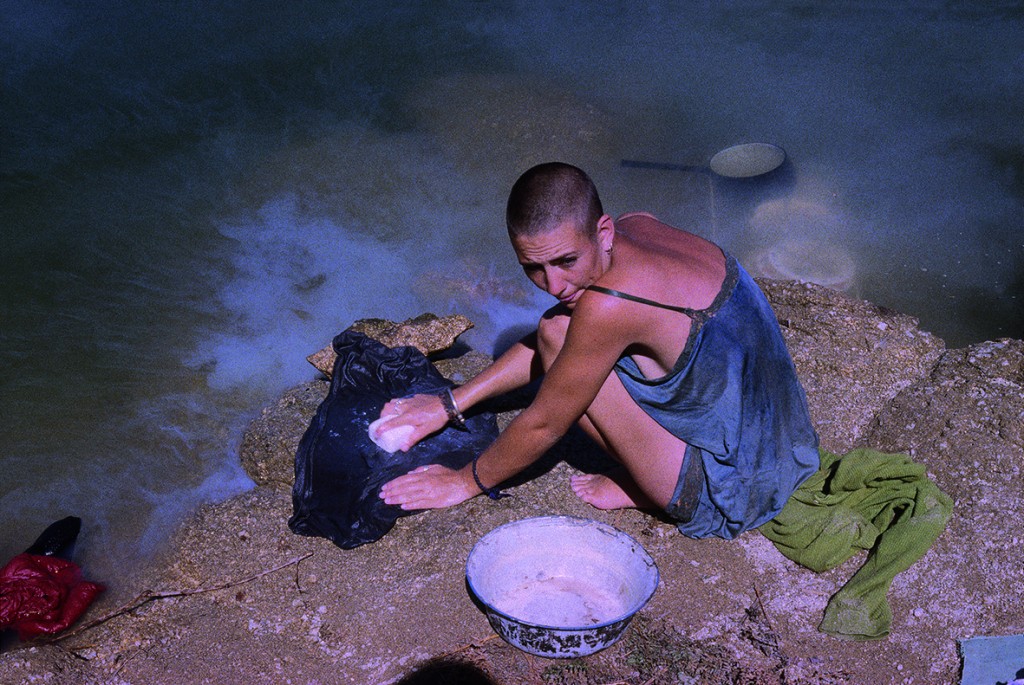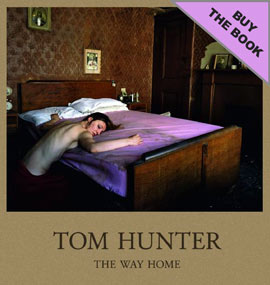It is twenty years since the introduction of the Criminal Justice and Public Order Act of 1994 and now seems an appropriate time to look back at what we might have lost in terms of culture, identity and a sense of freedom. In this age, when festivals are a by-word for corporate sponsorship, high security fences and armies of security guards, has the real festival spirit and the lifestyles that were nurtured in this environment been killed off? The New Age traveller culture of travelling and living in recycled work vehicles had been gaining momentum since the 1970’s with the annual Stonehenge free festival at its epicentre. The Battle of the Beanfield in 1985 saw the end of the annual pilgrimage to the ancient stones but not the demise of the travelling culture. During the late 1980s and early 1990s the explosion of the free party and rave scene in the UK transformed free festivals. The stage, bands and campfires were in many cases replaced with sound systems, DJs and electronic music. A disillusioned youth rejected the pubs of their parents and the soulless provincial nightclubs in favour of dancing the night away in fields, woods, quarries, empty warehouses, deserted cinemas and vacant bingo halls. This culminated in 20,000 people attending a week-long free festival in Castlemorton in 1992. The subsequent media hysteria contributed to the introduction of laws restricting rights of assembly, free travel and repetitive beats. The dramatic effect this had in stopping free festivals, raves and people gathering in any number led to an exodus of travellers, festival-goers, ravers and the disenchanted taking their Utopian dream from the UK to an unsuspecting Europe. Living in Hackney at the time I was caught up in this heady mixture of free parties, acid house and techno music, and the traveller scene. Buying a double decker bus with a group of friends I joined the wave of excitement that was being exported to new fields and audiences in Europe. Life on the Road is a celebration of that time. My work Le Crowbar captures the energy and vibrancy of travelling with a group of friends, as seen through the lens of my 35mm camera. It documents not just the excitement of the parties and free festivals but the quieter moments, swimming in remote lakes or soaking up the Spanish sun. Dave Fawcett’s topographical photographs of travellers’ homes document and celebrate the recycled buses and trucks that transported the cultures, music and ideas. Many of the new age explorers of that time have scrapped their vehicles and returned to the UK and left the lifestyle, although perhaps not the spirit, behind. Dave is one of the few survivors, the ‘last Mohican’, of that time. Looking back at this, when we were young and naïve and thought we could change the world, this was an amazing time of opportunities for young people. The hippy notion of freedom and love was mixed with the DIY spirit of punk to create the heady euphoric movement, which captured and propelled this cultural phenomenon. Now I am sad when I see big clubs guarded and patrolled by hefty bouncers, playing formulaic mass-produced dance music and selling expensive drinks. At first sight it might seem that this corporatisation of the music and spirit of the 1990’s for profit is all that remains. However, there are great things to celebrate, smaller festivals have seen a resurgence recently and Glastonbury festival has been regenerated by the fringe fields of Shangri-La, The Glade, Arcadia and Block 9 run by the likes of Bedlam and Mutoid Waste company. These innovative festivals in themselves are organised and run by the very same people that spearheaded the free festival scene of the 80s and 90s and that the Criminal Justice Bill sought to eradicate. So although I enjoyed watching the Rolling Stones playing on the main stage on Saturday night at Glastonbury 2013 it was in the back of a truck, backstage of Block 9 that Mick Jagger found the most exciting and interesting place to hang out.” title=”The Guardian comment piece” target=”_blank”>http://www.theguardian.com/artanddesign/photography-blog/2014/feb/27/traveller-photographs-90s-rave-culture
It is twenty years since the introduction of the Criminal Justice and Public Order Act of 1994 and now seems an appropriate time to look back at what we might have lost in terms of culture, identity and a sense of freedom. In this age, when festivals are a by-word for corporate sponsorship, high security fences and armies of security guards, has the real festival spirit and the lifestyles that were nurtured in this environment been killed off?
The New Age traveller culture of travelling and living in recycled work vehicles had been gaining momentum since the 1970’s with the annual Stonehenge free festival at its epicentre. The Battle of the Beanfield in 1985 saw the end of the annual pilgrimage to the ancient stones but not the demise of the travelling culture. During the late 1980s and early 1990s the explosion of the free party and rave scene in the UK transformed free festivals. The stage, bands and campfires were in many cases replaced with sound systems, DJs and electronic music. A disillusioned youth rejected the pubs of their parents and the soulless provincial nightclubs in favour of dancing the night away in fields, woods, quarries, empty warehouses, deserted cinemas and vacant bingo halls. This culminated in 20,000 people attending a week-long free festival in Castlemorton in 1992. The subsequent media hysteria contributed to the introduction of laws restricting rights of assembly, free travel and repetitive beats. The dramatic effect this had in stopping free festivals, raves and people gathering in any number led to an exodus of travellers, festival-goers, ravers and the disenchanted taking their Utopian dream from the UK to an unsuspecting Europe.
Living in Hackney at the time I was caught up in this heady mixture of free parties, acid house and techno music, and the traveller scene. Buying a double decker bus with a group of friends I joined the wave of excitement that was being exported to new fields and audiences in Europe. Life on the Road is a celebration of that time. My work Le Crowbar captures the energy and vibrancy of travelling with a group of friends, as seen through the lens of my 35mm camera. It documents not just the excitement of the parties and free festivals but the quieter moments, swimming in remote lakes or soaking up the Spanish sun. Dave Fawcett’s topographical photographs of travellers’ homes document and celebrate the recycled buses and trucks that transported the cultures, music and ideas. Many of the new age explorers of that time have scrapped their vehicles and returned to the UK and left the lifestyle, although perhaps not the spirit, behind. Dave is one of the few survivors, the ‘last Mohican’, of that time.
Looking back at this, when we were young and naïve and thought we could change the world, this was an amazing time of opportunities for young people. The hippy notion of freedom and love was mixed with the DIY spirit of punk to create the heady euphoric movement, which captured and propelled this cultural phenomenon. Now I am sad when I see big clubs guarded and patrolled by hefty bouncers, playing formulaic mass-produced dance music and selling expensive drinks. At first sight it might seem that this corporatisation of the music and spirit of the 1990’s for profit is all that remains. However, there are great things to celebrate, smaller festivals have seen a resurgence recently and Glastonbury festival has been regenerated by the fringe fields of Shangri-La, The Glade, Arcadia and Block 9 run by the likes of Bedlam and Mutoid Waste company. These innovative festivals in themselves are organised and run by the very same people that spearheaded the free festival scene of the 80s and 90s and that the Criminal Justice Bill sought to eradicate. So although I enjoyed watching the Rolling Stones playing on the main stage on Saturday night at Glastonbury 2013 it was in the back of a truck, backstage of Block 9 that Mick Jagger found the most exciting and interesting place to hang out.


